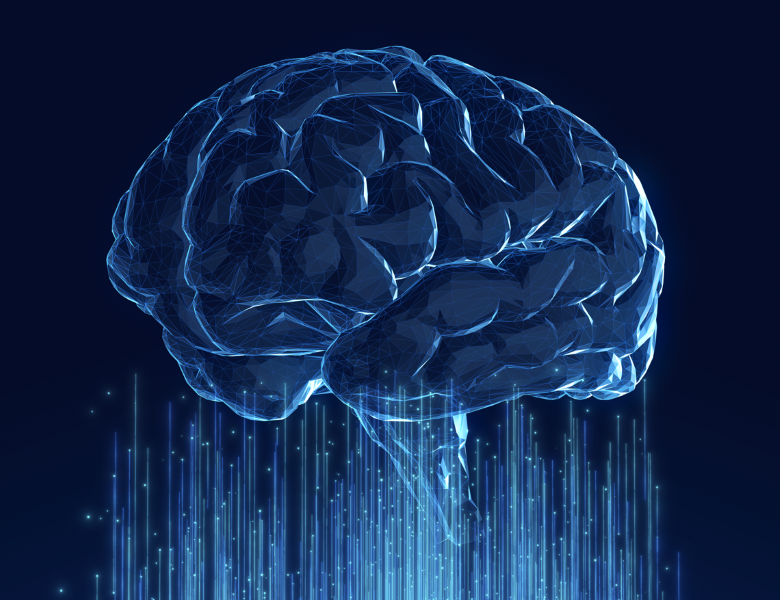We are living on the Era of streaming and digital entertainment. According to Data Market Forecast report, the main online video content providers in Latin America will invoice US$851MM by 2025, twice as much the amount collected 5 years ago. Furthermore, Statista, the statistic portal for market data, points out that the gaming market in the region could exceed the barrier of US$3.6 Billion by year end.
Behind this whole phenomenon there’s an underlying primary challenge for data centers – how to address high connectivity requests posed by this huge number of users trying to access these resources, which in turn call for very high bandwidth and efficiency levels.
Data traffic growth related to digital entertainment is exponential, while users are increasingly demanding. Unlike what happened with free-to-air TV -barely a few years ago-, when someone would spend a big deal of time moving antennas or hitting the device to get a good signal, digital entertainment consumers today want top image quality (usually 4K) and true real-time broadcast, without delays or pixels. From the industry business standpoint, a very high, almost absolute availability is required – any signal outage could mean losing customers.
To tackle all these challenges, data centers need to be more resilient than ever before. Flexible and scalable to grow on demand, and capable to include new technologies to achieve these goals. Redundant to ensure seamless service, with high speed connectivity and great bandwidth to support a volume that will not stop growing, and with self-service proposals to allow digital entertainment industry businesses accompany business movements without delays, and vendor-agnostic.
Content distribution networks
Content Distribution Networks (CDN, for its acronym in English) are particularly positioned as a perfect solution — edge structure and caching storage systems to take data processing where content is consumed to significantly decrease latency and ensure an excellent user experience, even under specific situations such as a large scale, live event broadcast (concert, relevant sport final).
They bring in technologies, such as load balancer, to dynamically commute between different networks based on where demand takes place or on the location of the highest performance network, optimized routing or end-to-end security (industry suffers both with cyberattacks that jeopardize service continuity, and piracy-related vulnerabilities of the broadcasted content itself).
Another significant advance is given by software-defined networks. They simplify network management and configuration – all workloads, across the full range of connectivity types, can be viewed, coordinated, and controlled through a centralized, automated, real-time platform, including routing, traffic thresholds, security, and access policies.
While all this happens deep down the network, on the surface the miracle occurs: users watch what they want to, when they want to, on the device of their choice and with the highest quality.

Author:
Gabriel del Campo
VP Data Center, Cloud & Security
Cirion Technologies










